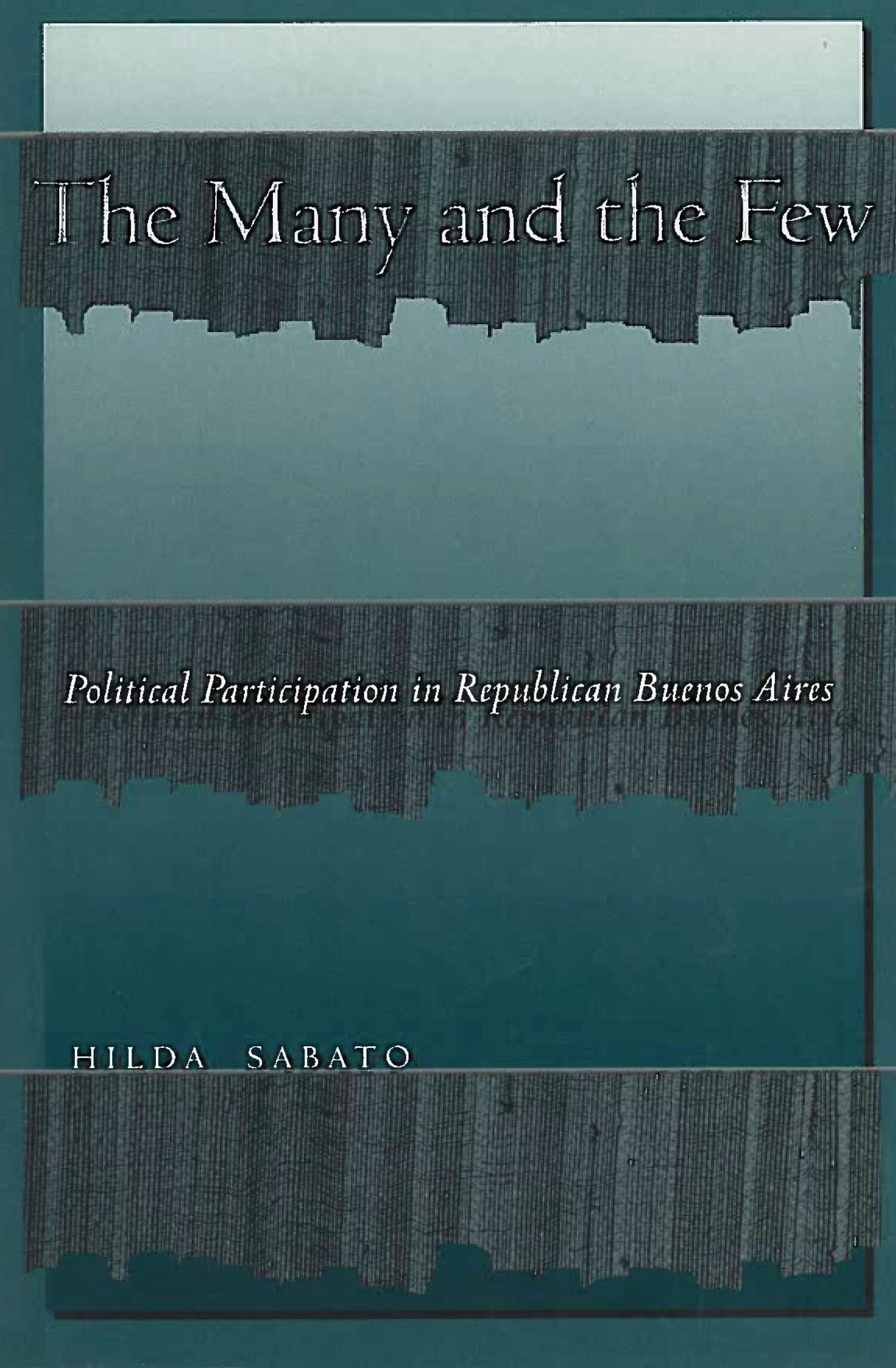Scenes from the Marriage of Louis XIV

This book radically revises our understanding of the construction of symbolic power in the age of absolutism by examining the fictions that emerge from visual, narrative, and ceremonial representations of (and reactions to) the 1660 marriage of Louis XIV to the Spanish infanta. Drawing on semiotics, the history of theater and spectacle, gender studies, and anthropology, the author reconsiders the nature of representation in absolutist political culture.
The book is not intended as a history of the marriage. Rather, the author analyzes in detail exemplary moments or scenes from the royal wedding, in particular uncovering the dialectic at the heart of nuptial fictions. Like the kinship exchange out of which they emerge, fictions of marriage manipulate antagonistic forces in the service of promoting the political culture of absolutism.
The nuptial fiction portrays a king who though central, is not yet absolute, and who depends on images and representational forms to become visible. His perceived power relies on appendages such as the queen and forms like print, fireworks, and drama. A calculus of addition, this dependence is invisible from within the models previously used to explore the representation of sovereignty, models based on rituals of substitution like the funeral rite.
Though the fictions generated during Louis XIV’s marriage are not the principal ones of his rule, they do affect the portrait of the king and provide insight into the making of an image scholars too frequently take for granted. Studying nuptial fictions invites us to reexamine clichés about the representation of absolutist power, generalizations that do not fully characterize the less monumental (but equally crucial) periods of Louis XIV’s kingship.




